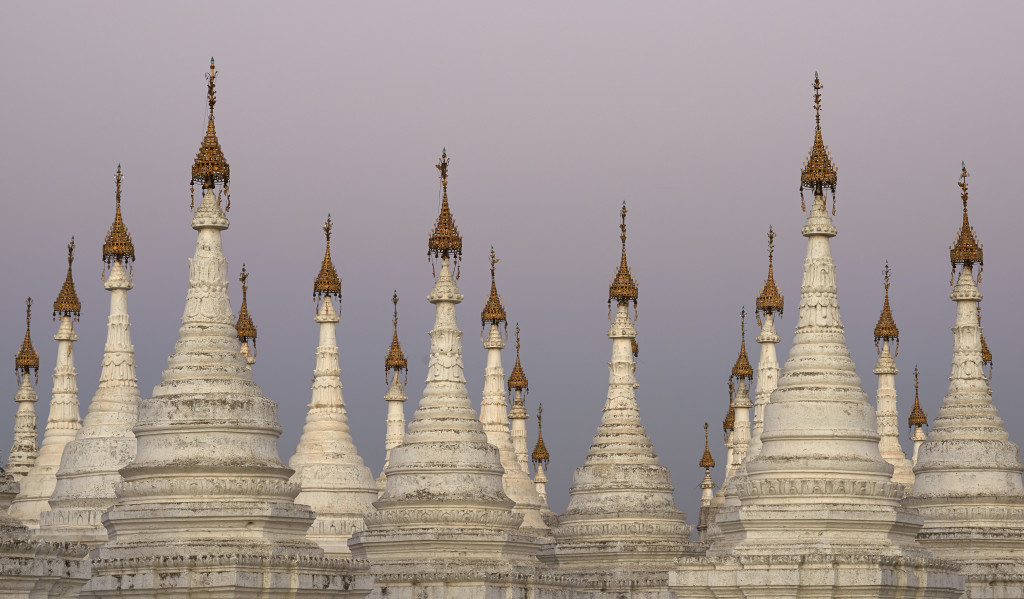
Film shooter: Film slows me down; I shoot less and thus increase my keeper rate. In a world of instant gratification I love to wait for having my film developed. The look of film is more organic and natural. I concentrate on the subject, not on the histogram: just the camera, the subject, and me. The film camera of my grandfather will outlast you and me. It still takes better images than the modern, disposable DSLRs. Film does not require a laptop, extension cord, power strip, Terabyte backup drive, mouse, card reader and all that junk filling my suitcase. Shooting film, I will have the evening free for my wife/ girlfriend/ partner; no downloading, backing-up, RAW processing, and sensor cleaning. Film has better resolution and is future proof because scanners will always improve.
Digital gearhead: Even my 10 year-old, 6 MP Canikon has a better dynamic range and color accuracy than film ever had. My digital file at ISO 409600 shows less noise then Kodak Extar 400. We have long surpassed the state of sufficiency and I have made 6-foot prints from my DSLR that look gorgeous. It’s the guy behind the camera that matters, not the equipment. Street-shooting with my mirrorless I can be very stealthy. Hard drives store billions of images in far less space than binders full of film. With digital it is common for me to shoot a thousand images in an hour-long football match at no cost.
Now with these fanboy statements out of the way, I must admit that after 20 years of shooting large-format film I have become pretty much a digi-convert myself. Yes, the almost total lack of noise on the D800e at base ISO far surpassed that from even the finest grained film. Yes it was much easier to nail correct exposure checking the histogram. And it was easier to remove the few dust spots that might turn up on a digital file, than the lengthy spotting necessary on even the most carefully processed and handled film. But was it the right move?
Resolution-wise there is not much in there anymore as I have discussed here, and we haven’t even addressed stitching and blending techniques yet. But because people look at different things, image smoothness (noise, grain) versus spatial detail, there is a lot of room for interpretation. However, apparent image quality is not only about resolution. Dynamic range and tonal response are trickier: We rely on the processor to transform the response of the sensor in a nonlinear way to create a natural look without tonal overlaps and with smooth transitions into the shadows and highlights.
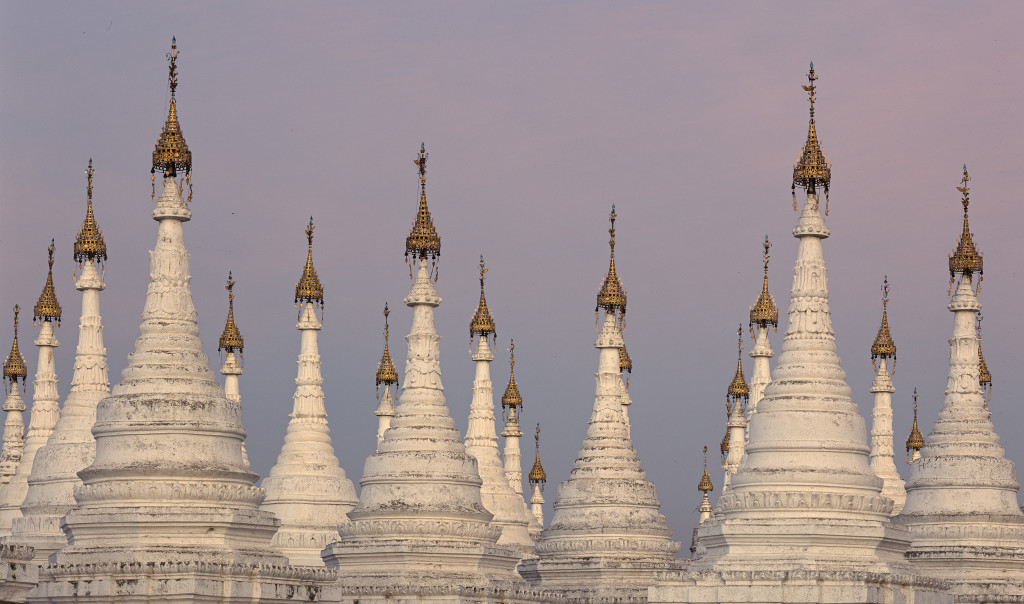
On the other hand we must consider the film type and the precision of the scanner in the analogue to digital conversion. However, it does not matter how many stops of real-world exposure were recorded on the film; what matters is that the scanner can extract information from the densest part of the film without unacceptable levels of noise.
During a trip to Myanmar I shot the following images side-by-side using the D800e and my Linhof Technikardan 4×5 loaded with the last sheets of Fujichrome Provia 100F quickload. The images were then scanned on a Hasselblad Flextight X5 and processed using a PS plugin for the .3rf files. The Nikon images were processed in Caputure One Pro into 16-bit tiff. Both files were sharpened with unsharp mask (USM) to match in acutance*, then down sampled to 2500 pixels on the short edge, saved as jpegs, and converted into the sRGB color profile.
*There are those that say that comparisons should be made on images that have had no USM applied. But acutance needs to be retained during imaging processing (scanning) and that is what USM is all about. It has nothing to do with resolution. But without USM there is no way to judge what the image really looks like.
As much as I fiddled with the color balance (from both sides, scanned film and digital), I could not achieve the same tonal rendering without risking banding and clipping. And both do not correspond to the slide film viewed on the light table. Unfortunately, I have no more access to traditional wet darkroom printing.
Enough said, let the results speak for themselves.
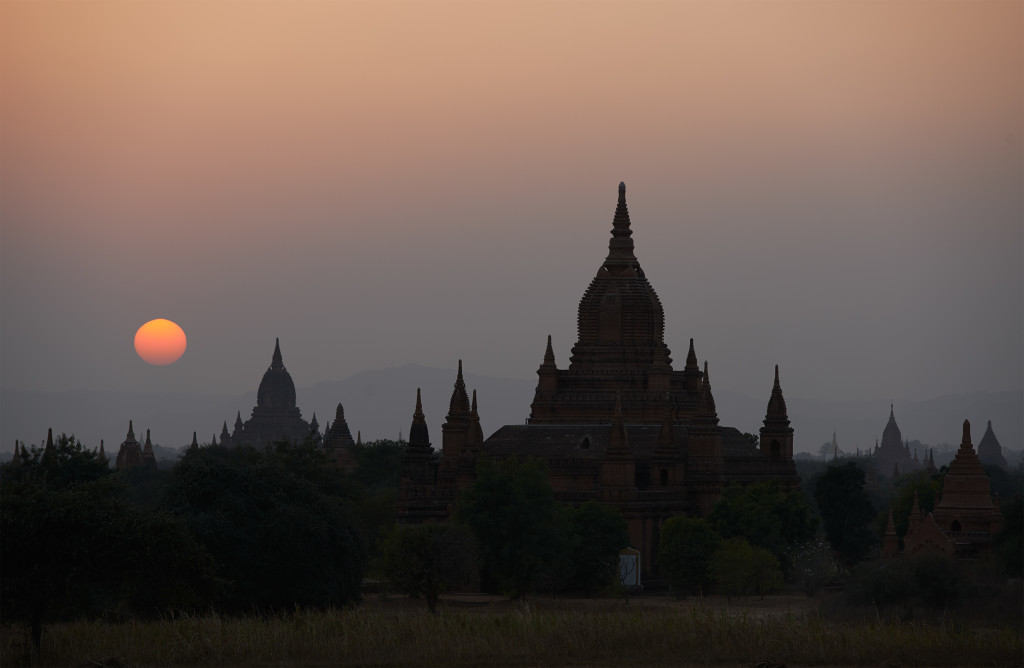
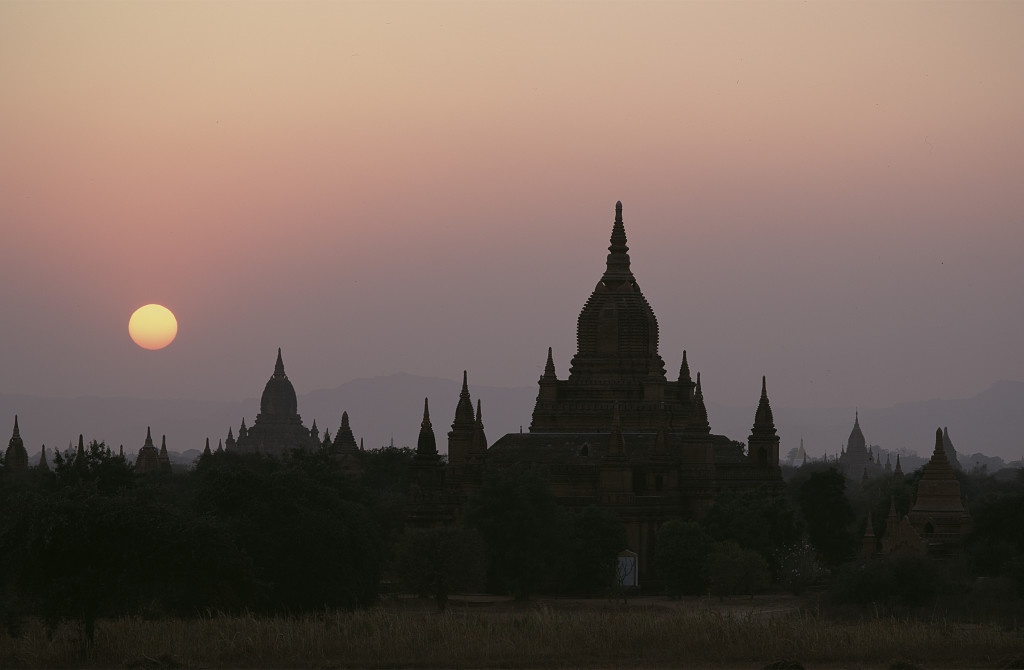
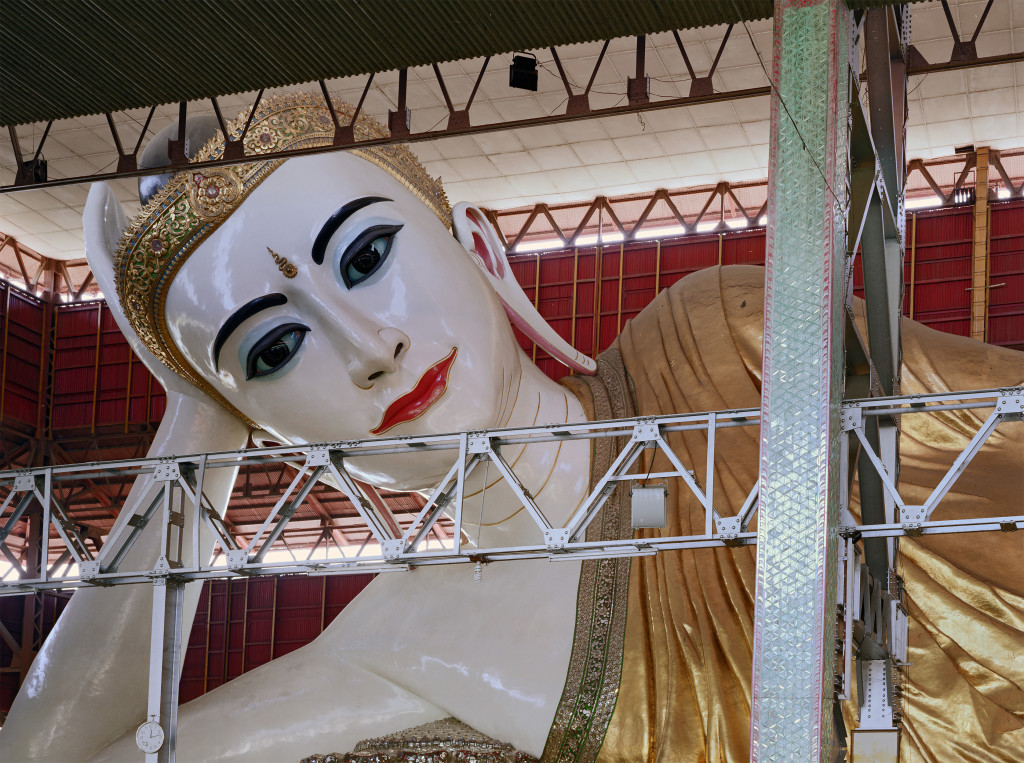
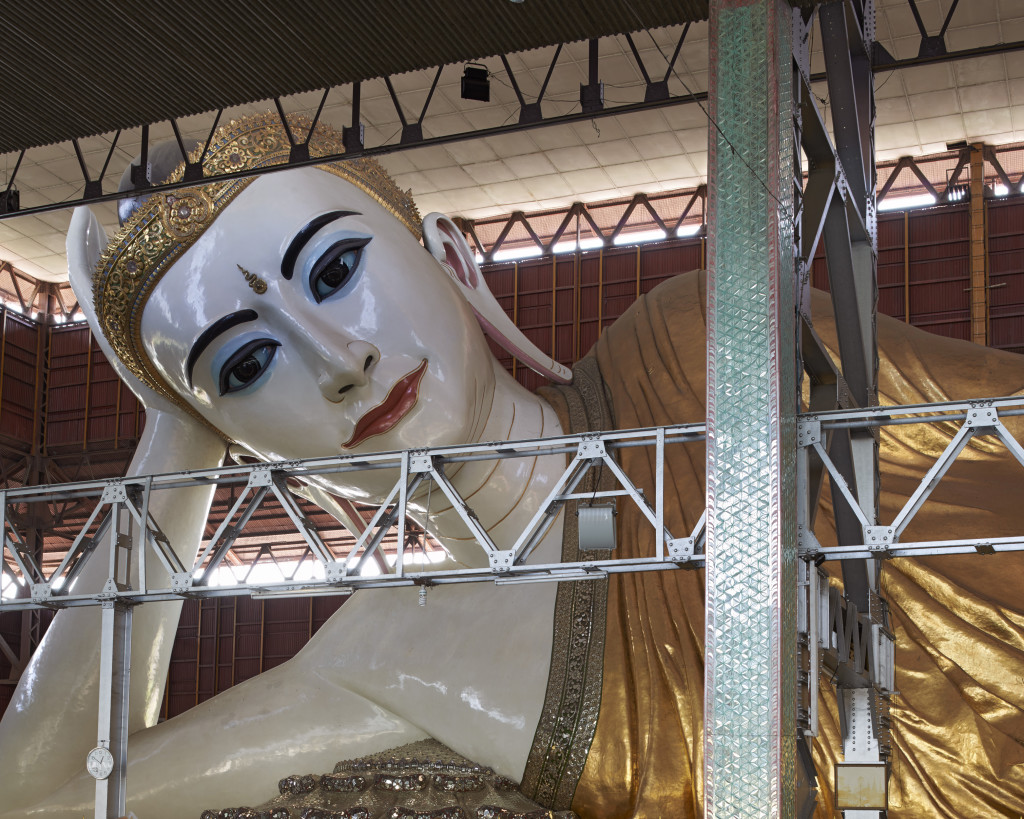
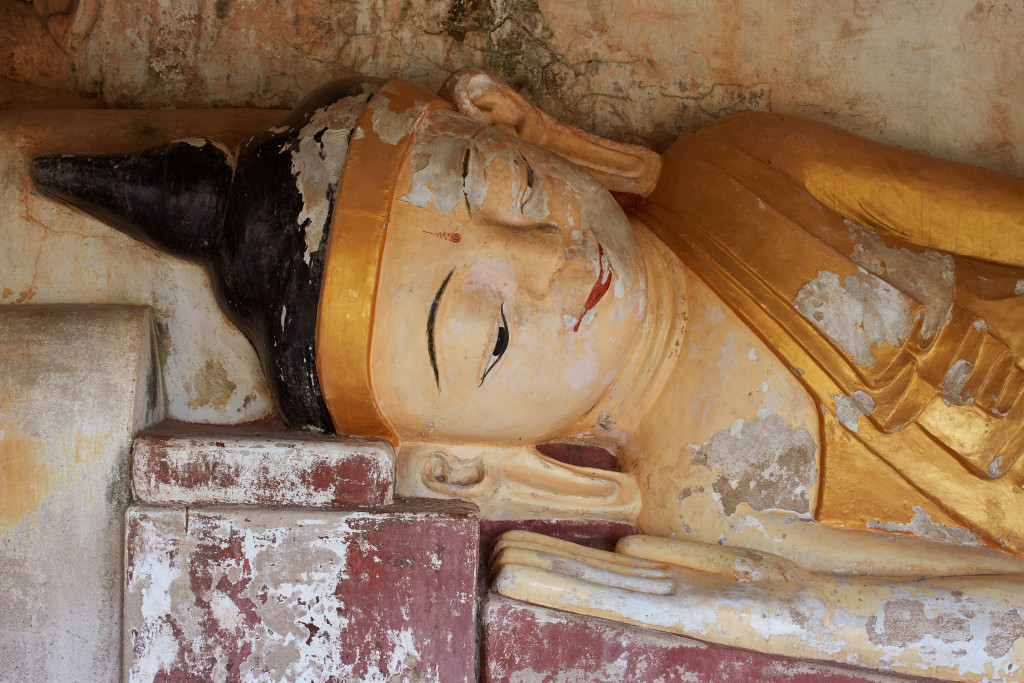
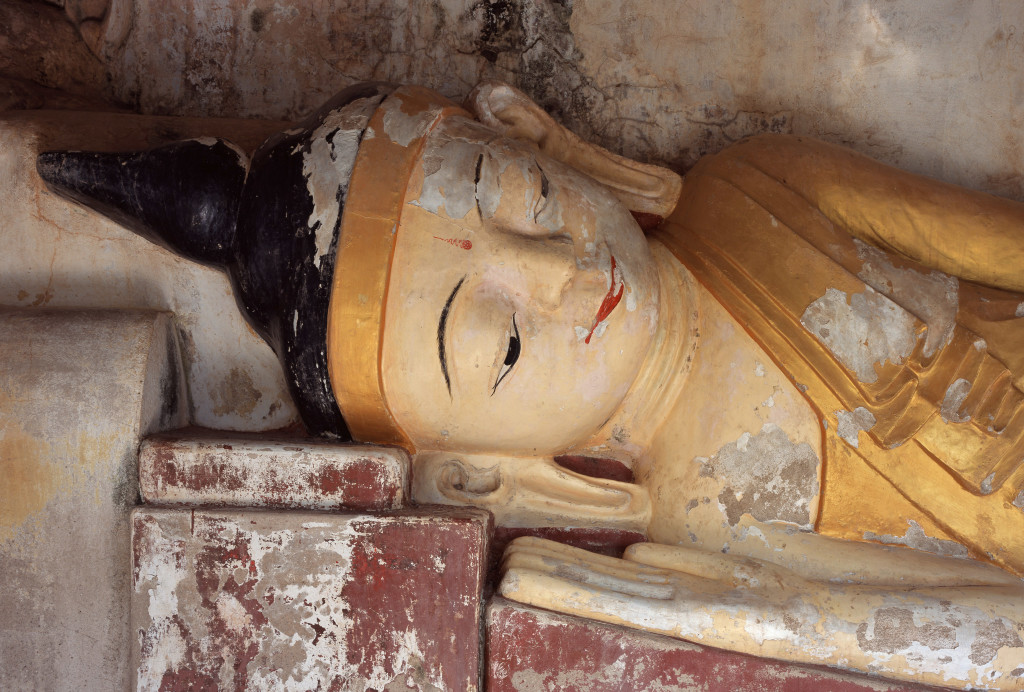
Conclusions? First off, and in case of doubt, the D800e captures are Figs. 1, 3, 6, 7. Digital has come a long way indeed, and the convenience and enlarged shooting envelope have pretty much made an end to film; at least in my region. If you have recently sought-after professional film development and quality scanning, you will know what I am talking about.
Yet, my best-printing images are from film. But now I am thinking: I have come to know the limitations of film, and I respect them in view of the $ 20 bill for each shutter release (including film, development, and scanning on a Flexthight). And this discipline was exerted for both the digital and film sample images presented here.
With a DSLR we are definitely experimenting more. And then we are discussing the flaws of digital capture (highlight clipping, shadow details, noise) for sub-optimal shooting conditions under which I wouldn’t dare to set up the Linhof. This says a lot.